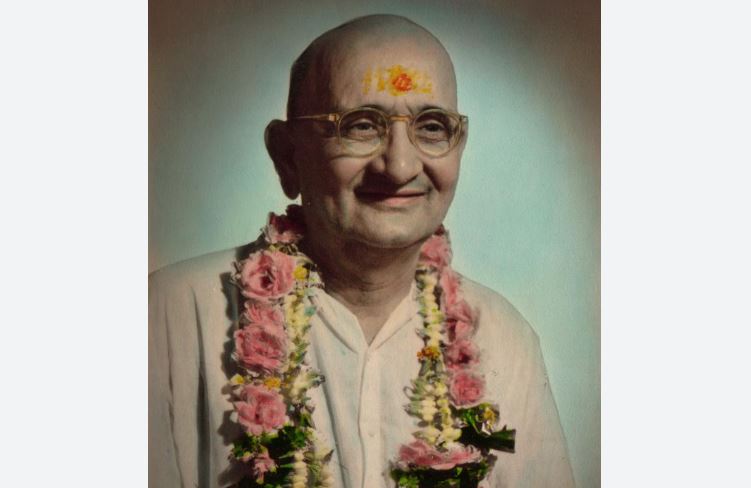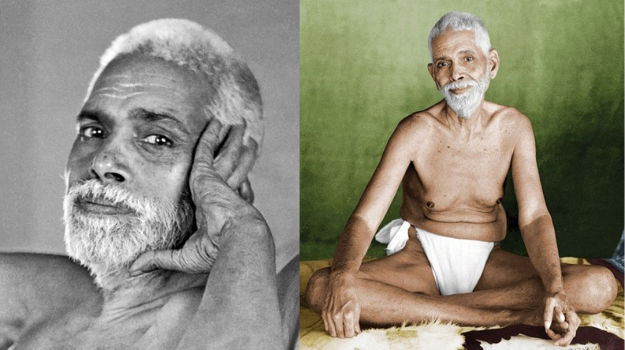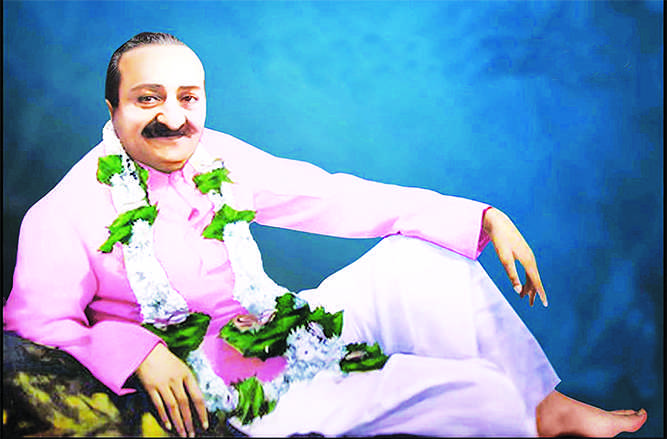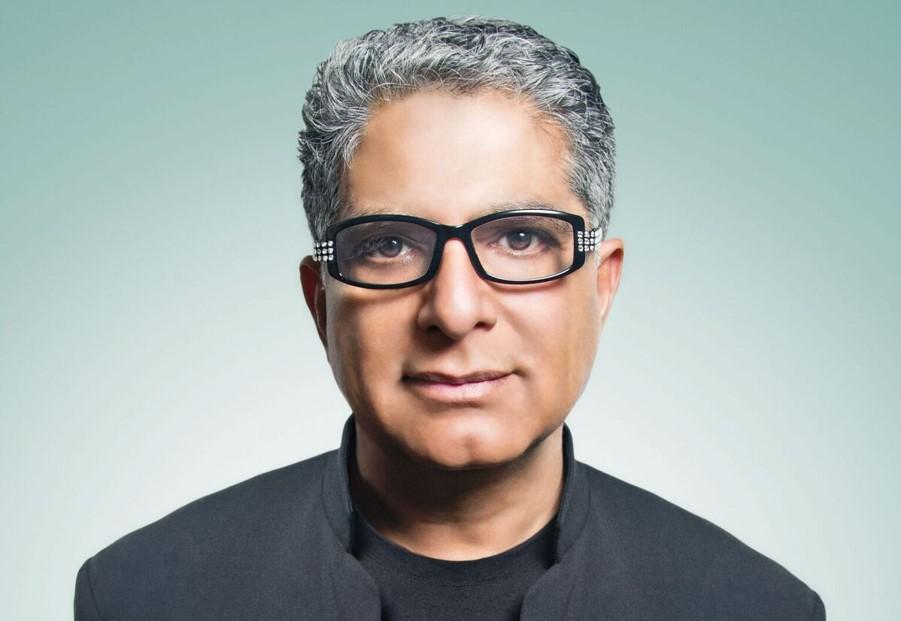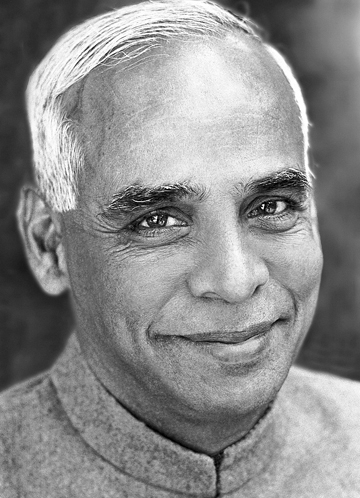
The mantram is a tool for calming the mind that any one can learn and use at any time. If you’re like me, at this point you may doubt that such a simple skill could do what I claim.
I doubted it, too, when my grandmother tried to tell me what the mantram can do. Granny was the wisest person I have ever known, and I loved her passionately, so I always took her advice seriously. But, after all, grannies don’t know everything. ‘Granny,’ I protested, ‘that’s just mindless repetition! What can repetition do?’
‘Walking is just repetition too,’ she said. “One step after another, each one the same.’
She had me there. But I still didn’t believe her.
But life went on presenting challenges, and in college I encountered a really intimidating one: public speaking. I found the activity fascinating and took every opportunity to learn, but no matter how many times I stood before an audience and lived to tell the tale, I was always afraid that on the next occasion I would trip on my way to the podium or open my mouth and find that no words would come out.
When I confessed this fear to my granny, she had a very simple piece of advice: not to sit there going over my notes or trying to size up my audience, but to repeat the mantram to myself quietly while awaiting my turn.
I decided she didn’t really understand. After all, she never had to give a speech! But because of my love for her, I promised to give it a try.
The next time I had to give a talk, I sat quietly repeating Rama, Rama, Rama over and over and over in my mind whenever my thoughts tried to blurt out ‘I’m afraid! I’m afraid!’ Instead, I would bring them back to ‘Rama, Rama’ – adding to myself, every now and then, ‘I hope it works.’
And the talk went well. With my mind calmer, the words came up right on cue.
I kept on practicing this little trick, and after a while I began to say, ‘Rama, Rama, Rama … I think it works!’
Today, after years of practice, I can assure you with complete confidence that I know it works. This is really the only way that trust in the mantram can come – through your own personal experience.
Using a mantram is not just mechanical repetition. You learn to trust it by using it.
You can draw on the power of the mantram like this at any time, wherever you happen to be, whatever you happen to be doing. But if you want the mantram to come to your rescue when you need it, if you want it to steady your mind in times of turmoil, you need to practice, practice, practice in calm weather.
Whenever you get a moment free, unless you are doing something that requires attention, repeat your mantram to yourself silently, in the mind – while waiting, walking, washing dishes, and especially when falling asleep at night. Constant repetition drives the mantram deep into consciousness, where it can anchor your mind so surely that no amount of agitation can sweep you away.
How does the mantram help?
• It calms you down, whether you’re facing a minor irritation or a major drama.
• It stops you from reacting too quickly and saying or doing something you may later regret.
• It halts rising anger, fear, panic.
• It gives you a breathing space.
• “Once you’ve got your mantram going, you’ll find yourself in a much better state to choose your next move – and to choose it wisely.
The mantram works fast. If you start using it today, you’ll probably feel the benefit of it the very next time you face a problem.
The 103rd birth anniversary of Eknath Easwaran will be observed on December 17.
Eknath Easwaran

